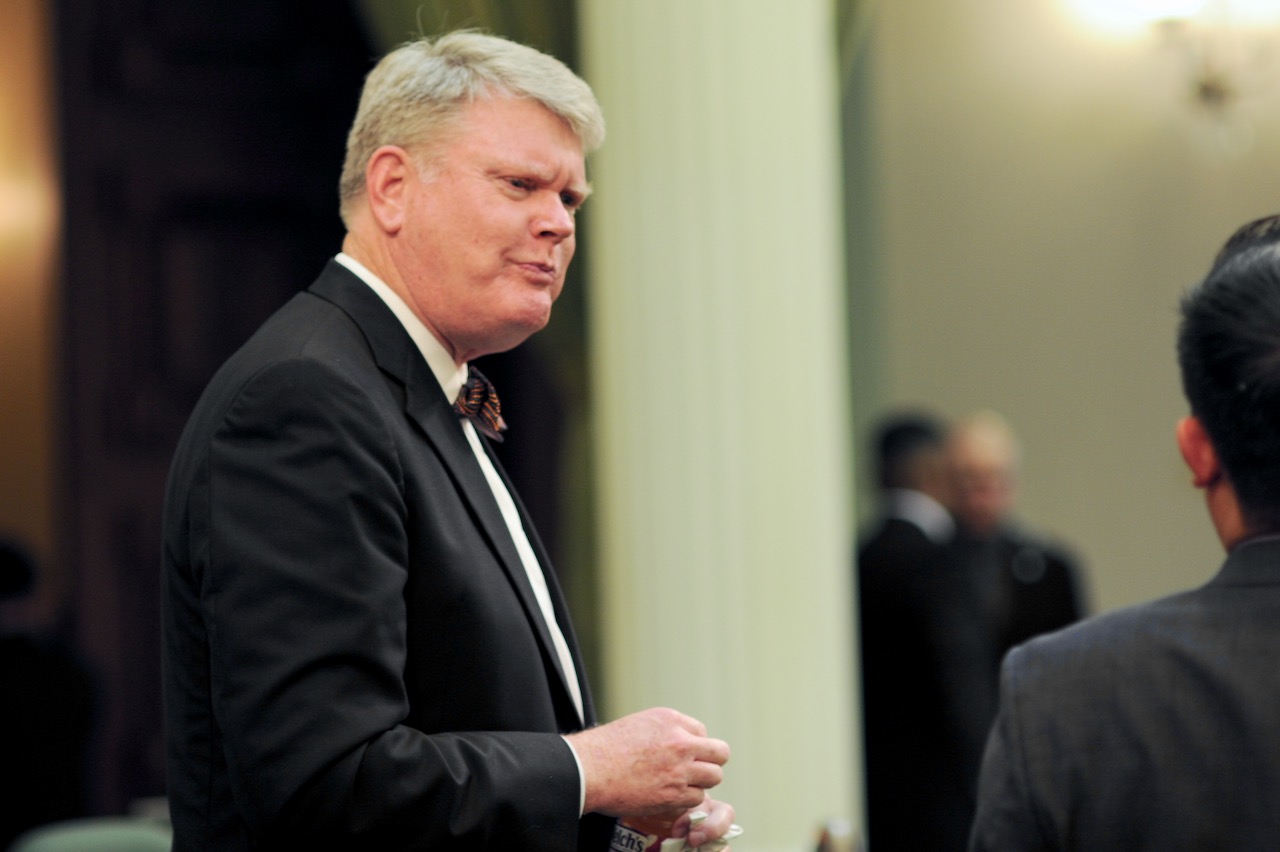PG&E Settlement Passes on Wildfire Costs Increases to Ratepayers
In 2019 California, the home of Silicon Valley, blackouts became the norm
By Katy Grimes, December 24, 2019 7:33 am
Fifty years ago in 1969, more than 30 million people in theNortheast suffered one of the largest power outages in U.S. history. Everything went dark. The blackout lasted 13 hours for many.
The blackout spread from New York to Massachusetts, New Hampshire, Vermont, Rhode Island, Connecticut, Pennsylvania, New Jersey, and even into Canada in Ontario and Toronto.
In 2019 California, the home of Silicon Valley, blackouts became the norm.
On January 29, 2019, PG&E filed for Chapter 11 business reorganization following several deadly wildfires.
On September 9, 2019, PG&E Corporation and Pacific Gas and Electric Company filed a joint Chapter 11 Plan of Reorganization in Bankruptcy Court.
The deadline for filing claims in the PG&E bankruptcy reorganization is December 31, 2019.
A settlement was filed December 20, 2019 with the California Public Utilities Commission, after a five-hour bankruptcy court hearing in which the bankruptcy judge approved two Pacific Gas & Electric settlements totaling $24.5 billion to help pay the losses suffered by homeowners, businesses and insurers.
“These efforts support PG&E’s most important responsibility, which is the safety of our customers and the communities we serve,” said PG&E Utility CEO and President Andy Vesey. “This agreement furthers our commitment to deliver safe and reliable energy to our customers including making our system more resilient to the growing threat of wildfires.”
However, if approved by the CPUC, this settlement finds that electricity customers would see an average increase in rates of $4.90 a month, up 4 percent from current monthly bill levels of $121.12, and $0.79 for gas service. The resulting rate change would occur in 2020 following the CPUC’s decision and rate revisions through 2022, PG&E reported.
Gov. Gavin Newsom recently announced his disproval with PG&E’s plan to emerge from bankruptcy, saying the plan does not comport with state law, a requirement to qualify for wildfire coverage outlined in recent legislation passed by the Legislature.
If PG&E doesn’t come up with a plan which comports with state law by the June 30 bankruptcy deadline (set by the Legislature in the recent legislation), both settlements with fire victims and insurers could break down.
The settlement agreement must be reviewed by administrative law judges. Other parties will have an opportunity to provide comments before a final CPUC decision is issued in 2020, according to PG&E.
As California Globe recently reported, PIMCO and Elliott Management proposed a $35 billion plan earlier in the year, to facilitate PG&E’s emergence from bankruptcy within the year. The bondholders’ offer of a buyout would also put to rest anticipated ratepayer increases as a way of a bailout.
According to PG&E, among the important wildfire safety investments in the 2020 General Rate Case are the following components of PG&E’s Community Wildfire Safety Program:
- Installing stronger and more resilient poles and covered power lines in the highest fire-threat areas;
- Increasing ongoing work to keep power lines clear of branches from an estimated 120 million trees with the potential to grow or fall into overhead power lines, including annual vegetation inspection of approximately 81,000 miles of high-voltage electric distribution lines;
- Implementing SmartMeter™ technology to more quickly identify and respond to fallen power lines;
- Expanding the network of weather stations to enhance weather forecasting and modeling by adding 1,300 new weather stations in high fire-risk areas by 2022; and
- Installing nearly 600 new high-definition cameras in high fire-threat areas, increasing coverage across these areas to more than 90 percent.
The settlement agreement included: the PUC’s Public Advocates Office, consumer group TURN, Coalition of California Utility Employees, the PUC’s Office of the Safety Advocate, National Diversity Coalition, Center for Accessible Technology, Small Business Utility Advocates, and California City-County Street Light Association.
- NEW REPORT: California Ranks Among Bottom of 50 States for Financial Transparency - April 23, 2024
- President Biden Set to Sign ‘Pandemic Treaty’ with World Health Organization - April 23, 2024
- Gov. Newsom Claims on MSNBC Donald Trump Will Sign National Abortion Ban if Elected President - April 22, 2024




